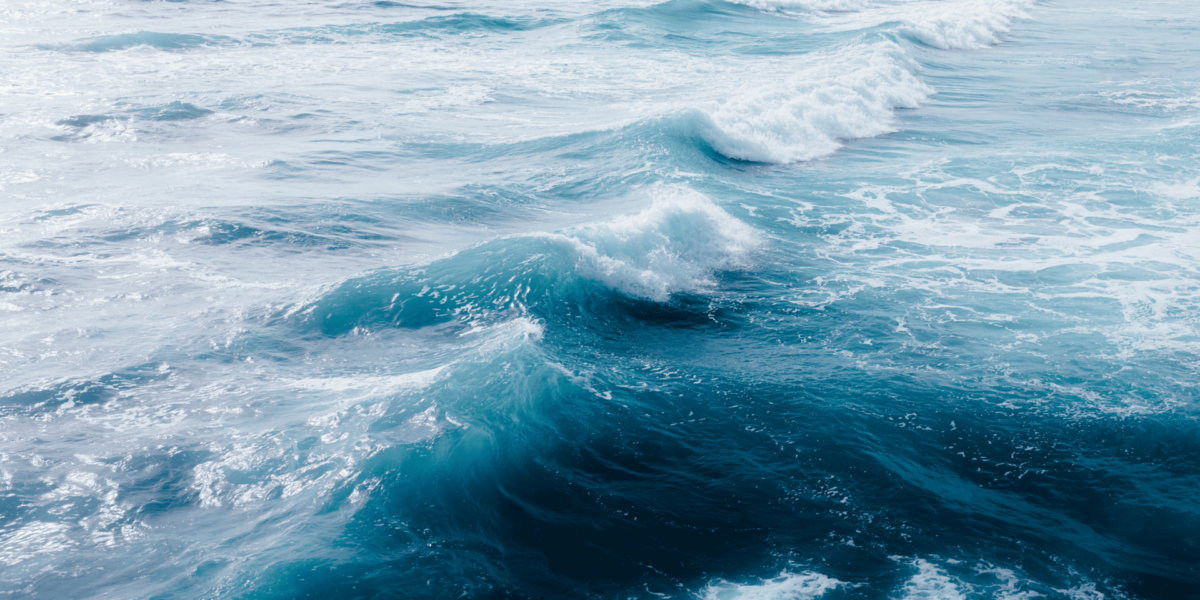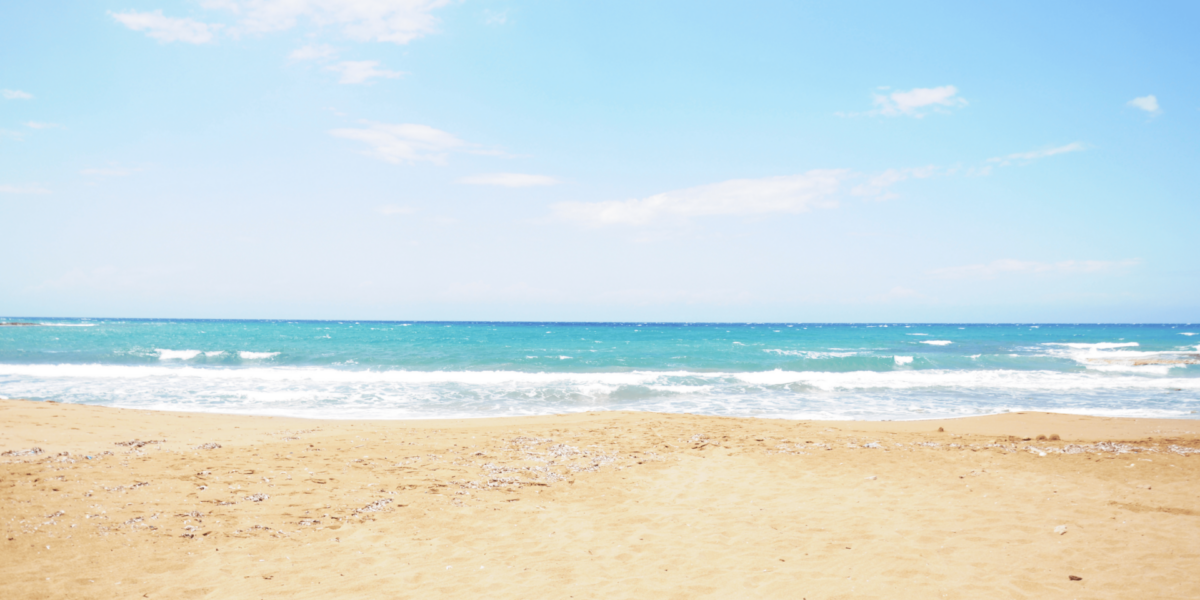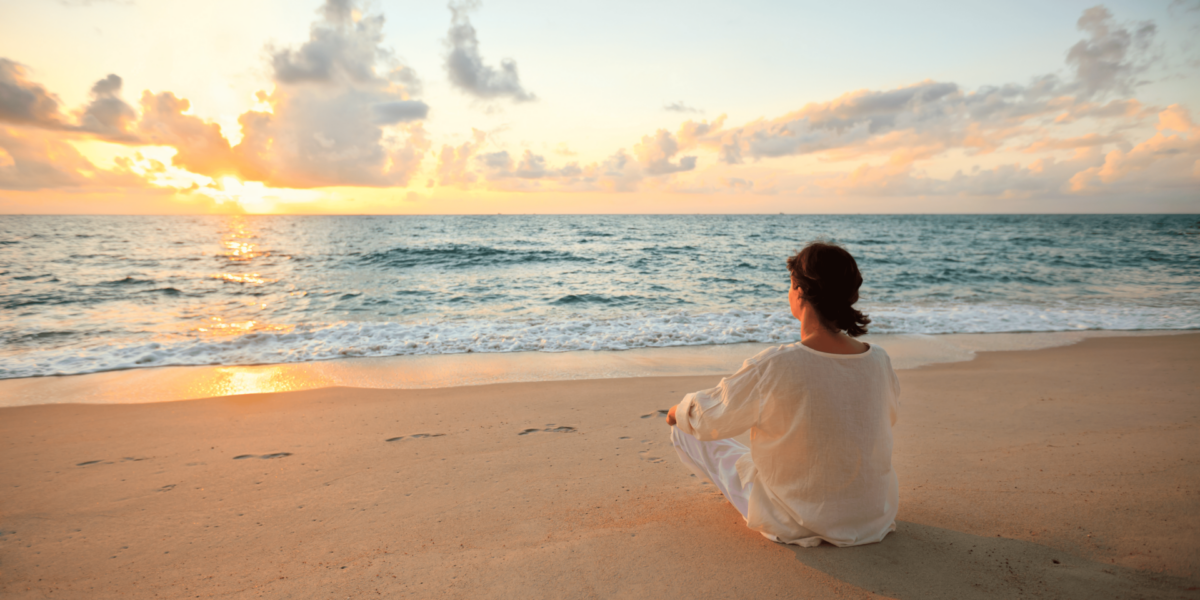Soft Lighting Sets the Tone for Peaceful Spaces
Nighttime design shapes how people move, rest, and observe. At spaces like Pamela Beach, light is not used to flood the landscape. Instead, it works in the background—low, quiet, and intentional. This approach respects the natural setting while still meeting the needs of safety and visibility.
A person walking along the boardwalk after sunset might notice how the light never pushes into their eyes. Fixtures point downward, never upward. The path is visible, but the sky remains dark. This is not just thoughtful—it’s effective. The lighting supports nighttime use without overwhelming the senses.
Directional Light Preserves Darkness
Good nighttime design avoids scattering light in every direction. Instead, it focuses light where it’s needed and shields it where it isn’t. This strategy helps reduce glare, protect sightlines, and minimize environmental disruption.
Along coastal trails, soft lights installed at low heights guide movement. These fixtures prevent light from reaching beyond walking paths, keeping the surrounding landscape dark. Visitors still see where they’re going, but the shoreline stays hidden in gentle shadow. This kind of lighting listens to the space—it doesn’t shout over it.
Low Intensity Supports Relaxation
Brightness is not always better. High-intensity lighting may create harsh contrasts and strain the eyes. At night, softer lights allow the body to wind down and respond naturally to the shift in time. Low intensity helps preserve a slower pace.
A couple sitting at a quiet overlook finds that nearby lights don’t demand attention. Instead, the space glows faintly, just enough to show the edges of benches and the start of a trail. This encourages stillness rather than activity. The atmosphere invites people to slow down, not speed up.
Warm Color Temperature Enhances Comfort
Color temperature plays a central role in how light feels. Warm-toned lighting mimics the qualities of firelight or late sunlight, which the human body responds to with a sense of calm. Blue or cool lighting, by contrast, can keep the body alert or disrupt sleep cycles.
At Pamela Beach, evening lighting uses warm tones that blend into the natural palette of sand and wood. A family walking after dinner notices the golden hues that highlight each step. Their eyes stay relaxed, and the experience remains grounded. The lighting supports their mood without pulling focus.
Shielded Fixtures Reduce Light Pollution
Exposed bulbs and poorly placed lights contribute to urban glow, which can overpower the night sky. Shielded fixtures prevent upward and sideways light, protecting both stargazing and the natural rhythms of wildlife. This design choice improves both human and environmental experience.
At beachside locations, shielded lamps ensure that light touches only the path below. The stars remain visible overhead, and nocturnal animals avoid disorientation. The design prioritizes visibility where needed and protects darkness where it’s not. The result is balance between use and preservation.
Lighting Placement Encourages Spatial Awareness
Thoughtful lighting placement makes movement feel intuitive. Rather than using signs or loud indicators, light defines space. It separates paths from rest areas, marks transitions between zones, and highlights textures that aid in orientation.
A visitor walking from a picnic table to a shoreline trail might notice how the light subtly shifts. Raised lighting gently fades as they approach sand, while embedded lights outline the path forward. There’s no confusion, only guidance. The body responds without needing extra instruction.
Nightfall Design Responds to Natural Rhythms
Effective nighttime lighting doesn’t ignore the setting—it adapts to it. It accounts for moonlight, water reflection, and open sky. By recognizing the existing conditions, designers use less artificial light and allow natural elements to participate in the visual experience.
At the beach during a full moon, lighting levels remain unchanged. The area is already bright enough, and the soft electric glow enhances the scene rather than competing with it. This cooperation between built and natural light gives nightfall its full character.
Quiet Lighting Enhances Social Interactions
Bright, intrusive lighting can cause people to speak more loudly or feel on edge. Dim, even lighting encourages quieter conversation and more intentional movement. The sound of the environment remains part of the experience.
A group gathered at a beachside seating area finds that the lighting allows them to see one another clearly but doesn’t carry sound far. Their voices stay low, and the space feels shared but not exposed. This kind of lighting shapes social behavior without needing posted rules.
Energy Efficiency Supports Sustainability
Designing with light that listens isn’t just about mood—it’s also about responsible energy use. Low-wattage, well-directed fixtures consume less power while achieving the same or better results than high-output lighting. This approach reduces costs and limits the environmental impact of night use.
At Pamela Beach, solar-powered fixtures gather energy during the day and release it gently at night. The system operates without creating waste or noise. Guests benefit from the light, but the beach benefits from the care. Sustainability and serenity work together.
The Environment Benefits From Subtle Illumination
Wildlife near coastal areas relies on predictable patterns of dark and light. Poor lighting disrupts animal behavior, disorients nesting species, and alters migration paths. Design that protects darkness helps maintain the natural life of the area.
Turtle-safe bulbs, motion sensors, and timing controls ensure that animals experience minimal disturbance. These features work behind the scenes, allowing human use while keeping the broader ecosystem intact. Light that listens doesn’t just serve people—it respects other forms of life as well.









